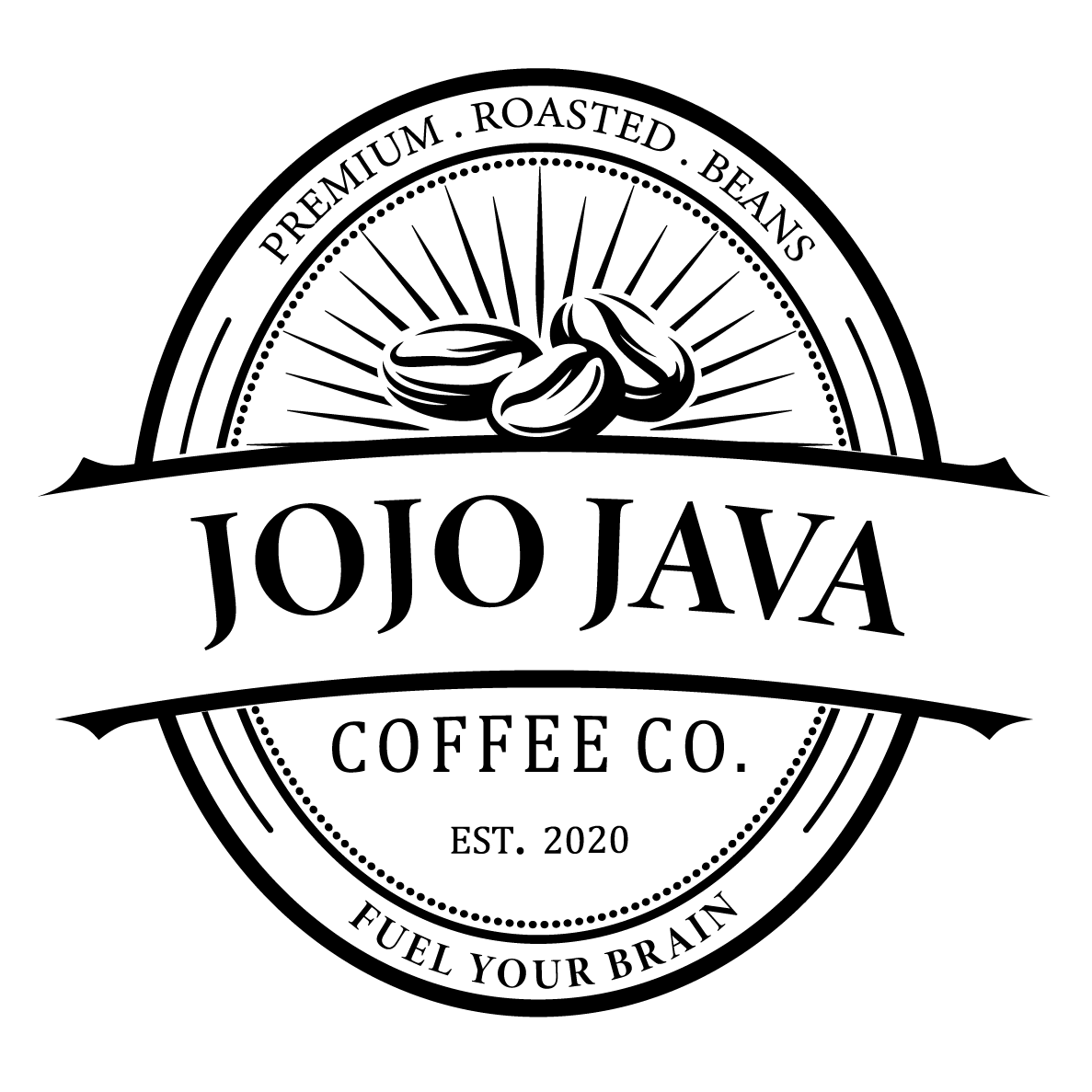Medium roasts, lighter roasts, dark roasts, oh my! We are supposed to understand these things, right? If you are a coffee geek, you’re already ahead of the game. As for everyone else, allow us to guide you down the French roast path.
First of all, have you ever tried it? Perhaps you have heard the term but know nothing about it? When people hear about French roast, they often think, “Oh, it is probably just another dark roast.” Well, is it just another dark roast coffee or there is something more to it?
French roast is very popular with European coffee drinkers, especially with people who consume robust darker roasted coffees. In short, it is a rich dark brown with a smoky and charred flavor, often lovingly called ‘burnt’ coffee. Do you want to know more about this smoky-sweet intense coffee? Let’s dig a bit deeper into the world of French roast!
NEED COFFEE NOW? Check our products here >>
A Deep Explanation of French Roast Coffee
As the name suggests, the term 'French roast' describes a regional roasting style. While this style originates from France, that is not to say it was roasted or grown in this European county.
Its brown color comes from the coffee beans that are quite shiny and dark - similar to dark chocolate. They can be grown just about anywhere in the world in a climate that’s appropriate for coffee plantations.
You can make French roast coffee using Indonesian, Central American, or African beans. It’s not about the beans, it’s about the roasting technique. It is a unique technique that involves double cracking of the beans. The resulting waxy dark beans create delightfully rich brews.
They release the oils when going through the roasting process in a coffee roaster. When brewed, the coffee beans have a distinct smoky taste. Some of the original scents and flavors of the bean are lost after double cracking and roasting.
Since French roast coffee looks like a typical dark-roasted coffee, it’s also referred to as dark roast, espresso roast, or Turkish roast. As you may already know, there are various regional roasts, such as American roast, Vienna roast, Spanish roast, and so on.
This type of coffee was very popular in Western Europe in the 19th century. It has withstood the test of time and retained its charm for two centuries.
How Is It Roasted and How Does It Look Like?
The coffee beans reach an internal temperature of 464º Fahrenheit (240°C) when they get roasted and the internal structure of the beans starts to collapse during this process. A greater quantity of coffee oils starts appearing on the surface and the coffee beans grow darker.
How dark is this in comparison with other coffee roasts? Well, French roast coffee is one of the darkest roasts. There’s an official method to accurately determine the darkness of coffee using the Agtron Gourmet Scale.
It is used by the Specialty Coffee Association of America (SCAA) whereby coffee roasts are categorized on a scale from dark to light. The colors of roasting go from 25 (the darkest roast) to light ( the lightest roast). French roasts fall anywhere from 28 to 35.
The coffee beans roasted at this level will shimmer with oil and are very dark. If you intend to roast it at home on your own, look for the oil sheen that gives the beans a nice, glossy look. Make sure they reach the appropriate roast level to get the right aroma.
How does It Taste?
French roast coffee has a smoky undertone. It's bold, charred, and intense. The bold nature of the coffee is contrasted and complemented with a sweet flavor.
It appears to be less acidic than most of its light roast counterparts. Despite being a double roast coffee, it features lighter elements such as citrus or berry aromas.
While there’s a variety of French roasts today, they all share a common bond: smoky, roasted flavor with charred notes. Beans from Sumatra (a large Indonesian island), for example, has a specific mushroom-like flavor that is somewhat earthy and umami.
What dictates the aroma and taste is the roasting technique. During the process, the coffee beans tend to lose much of the original taste. Their aroma and flavor nuances are overpowered by dark roasts.
So, what does the coffee taste like? In a nutshell:
- Dark, bold, and rather intense
- Smoky and somewhat sweet
- Thin with a burnt undertone and watery mouthfeel
- Less acidic than most light roasts out there
How to Make French Roast
You can roast beans yourself using a roaster or an oven. Even an ordinary pan or a popcorn popper would serve the purpose. However, we don’t suggest using a popper since it may crack if you are not careful. The most precise and proper method would be to invest in a digital countertop roasting machine. Coffee geeks around the world likely have their own roasting machines and buy their beans green.
Unlike most other roasts where the coffee beans crack once during the roasting, the beans will produce 2 cracks. After about 4 minutes, you’ll hear 2 cracking sounds:
- The first crack happens when the roaster starts to blow off steam.
- The second crack occurs when the oils get released due to the breakage of cell walls.
The originally green beans are going to turn yellow as you heat them. As the beans are exposed to heat, their internal temperature will rise as high as 464°F. Heating the beans any higher would cause them to burn out entirely, so be alert. When you hear the 2nd crack, wait no more than 50 seconds and let the beans cool down gradually.
How to Brew French Roast Coffee?
If you know how to make drip coffee, you will not have any problem with a French roast as the beans are typically used for this method. In European countries, it is incredibly common to use this roast for espressos.
Whether you use a plunger pot or coffee brewing device, drip brew should involve a pour-over method. The hot water should be poured over the ground, roasted coffee beans. We recommend using a drip coffee machine for the best results.
Extra Tips and Facts About French Roast Coffee
Making French roast coffee is a breeze. If you decide to brew it at home, expect a full-bodied coffee and a wealth of aromas with every brew. It is supposed to have a smoky, earthy, and roasted flavor if made properly.
You might expect that the darker coffee will contain more caffeine. Well, not quite. It’s just the opposite!
The lighter the roast, the stronger the caffeine. That’s because more caffeine burns away when coffee gets roasted for longer. It leaves the dark beans with a low amount of caffeine.
Unfortunately, it is commonplace to use an inferior bean for a darker roast. Coffee roasters often use them to intensify the dark color of the roast to mask the coffee flavor of poor quality. Always buy from trustworthy coffee roasters that use high-quality beans! A bad bean will continue to taste bad whether it is roasted very dark or very light.
Even the best French roast beans are prone to lose their freshness. That’s because of the oils in beans that start turning rancid right after cracking. We suggest using the best coffee containers and buying the amount of coffee that will be used within a week. If you don’t have your own coffee roaster, at least consider buying a coffee grinder. Buy freshly roasted beans from a trustworthy local coffee supplier.




